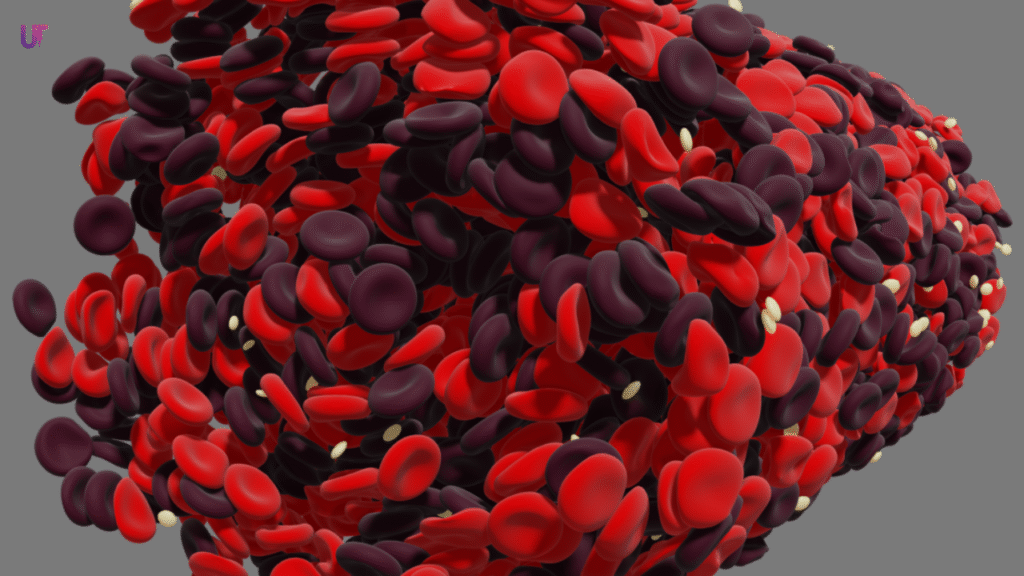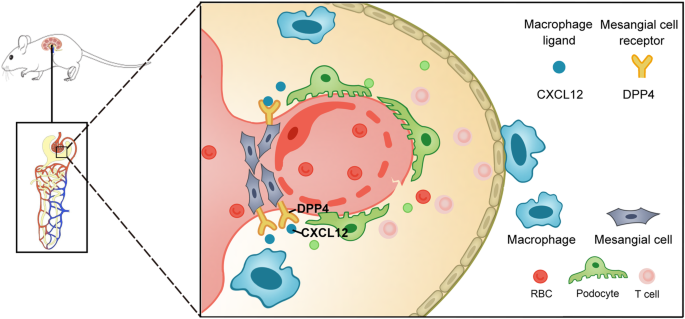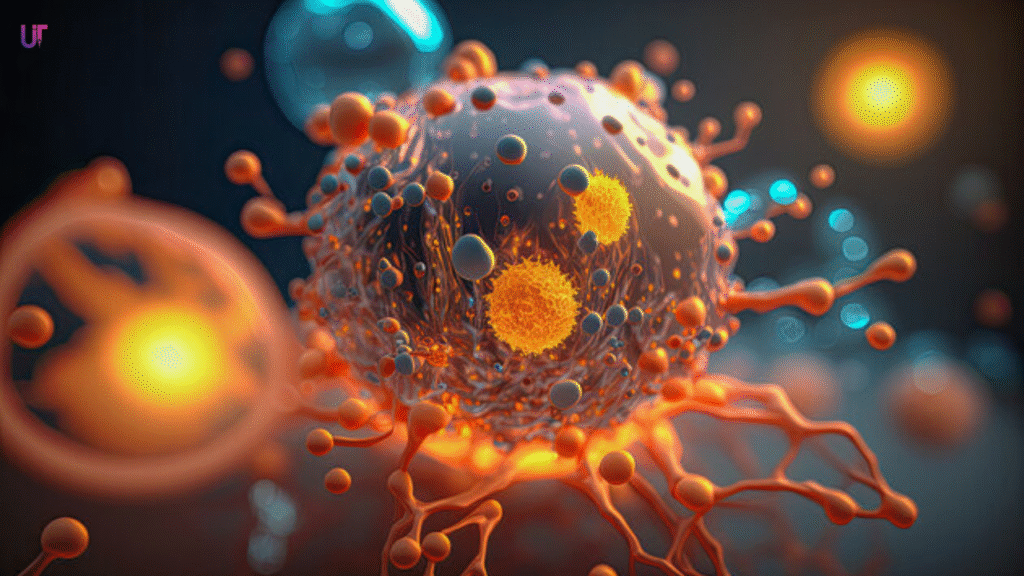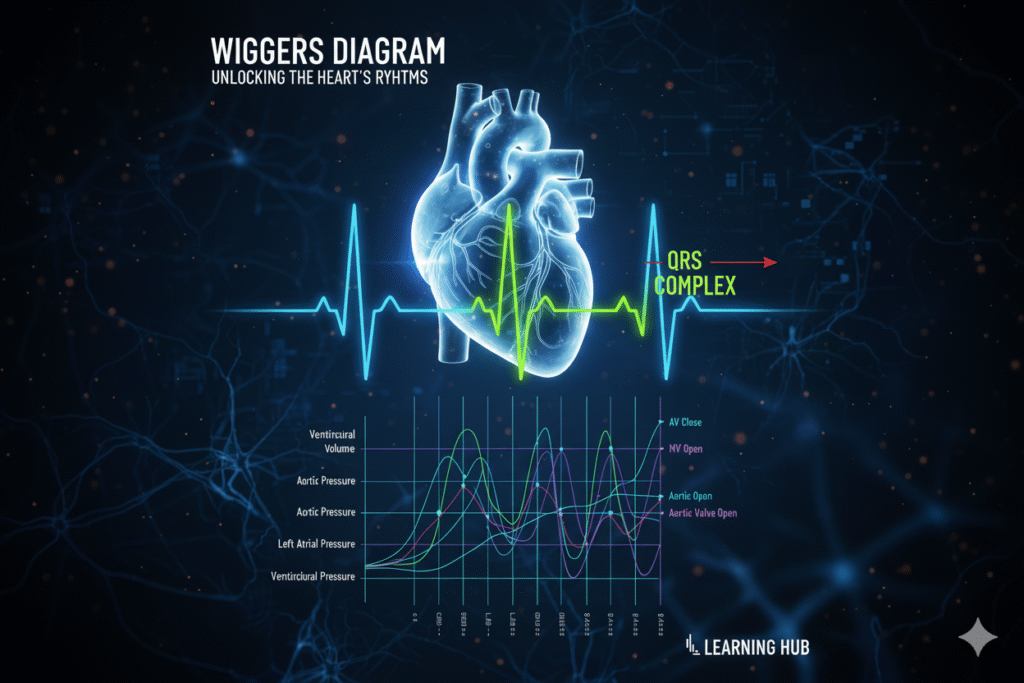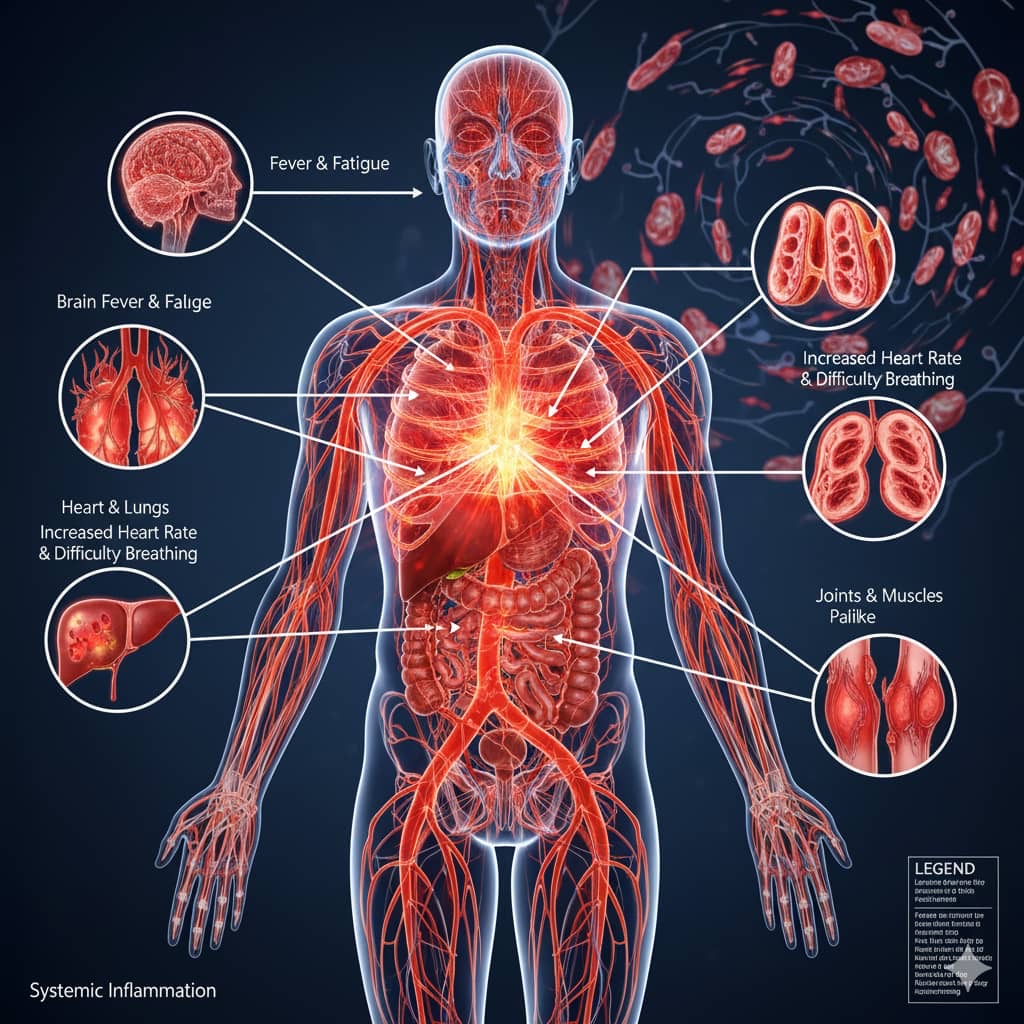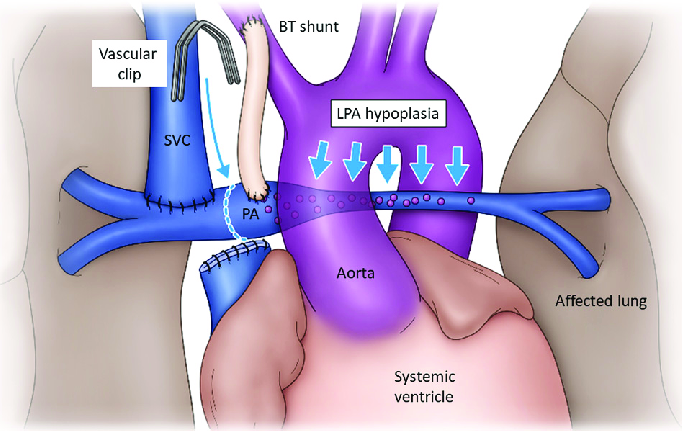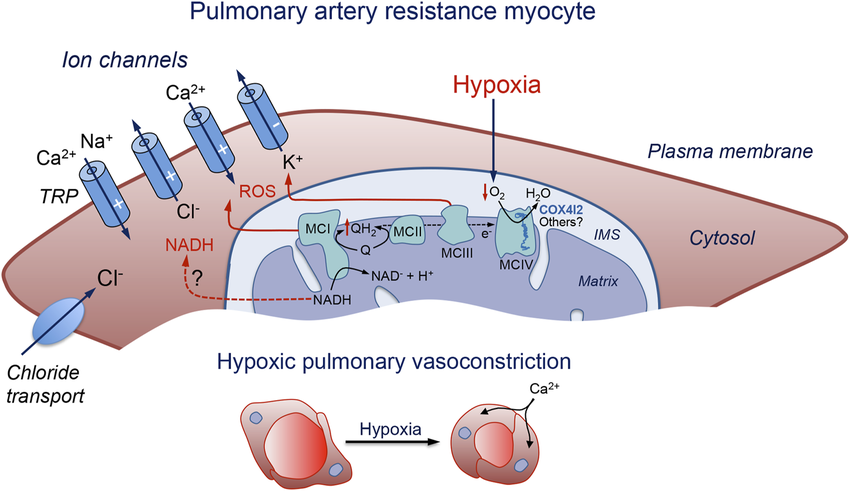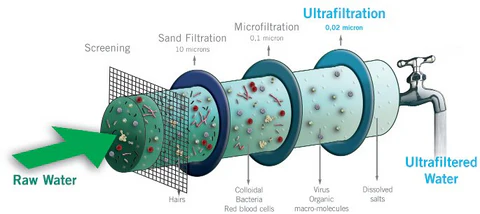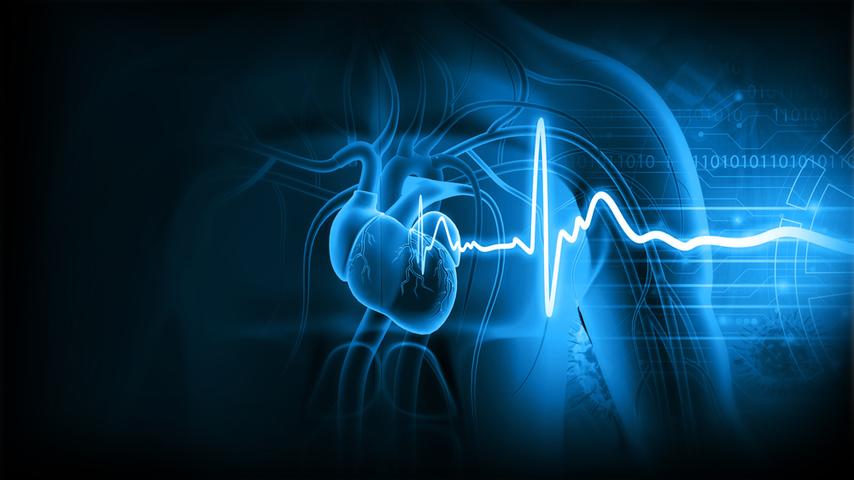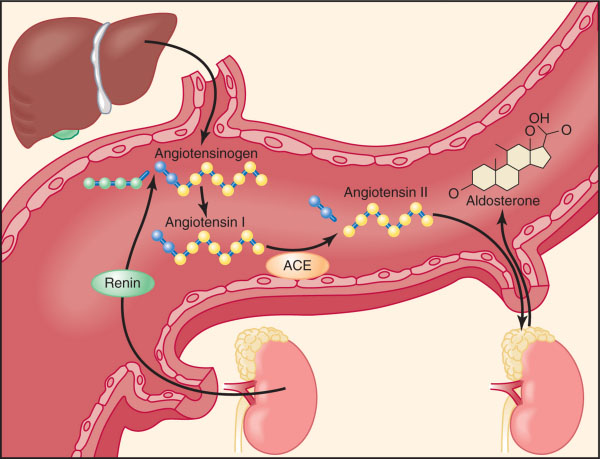Posted inMedicine
Margination of Cells
When there is injury or infection, your body widens the blood vessels in that area to allow more blood flow. But ironically, widening the vessels actually slows down the flow.
When there is injury or infection, your body widens the blood vessels in that area to allow more blood flow. But ironically, widening the vessels actually slows down the flow.
